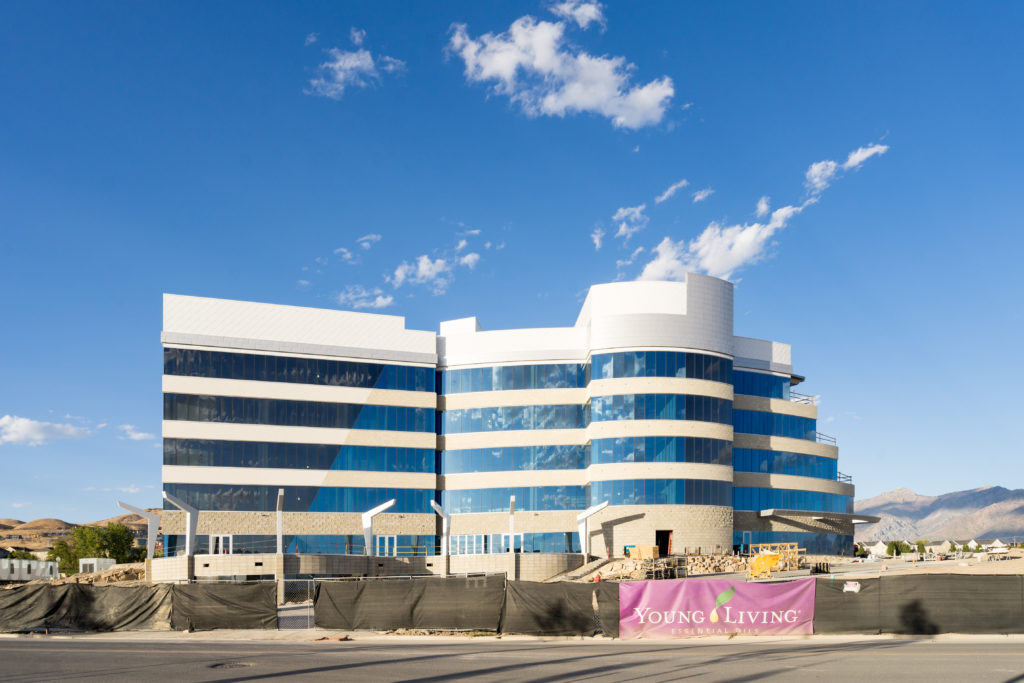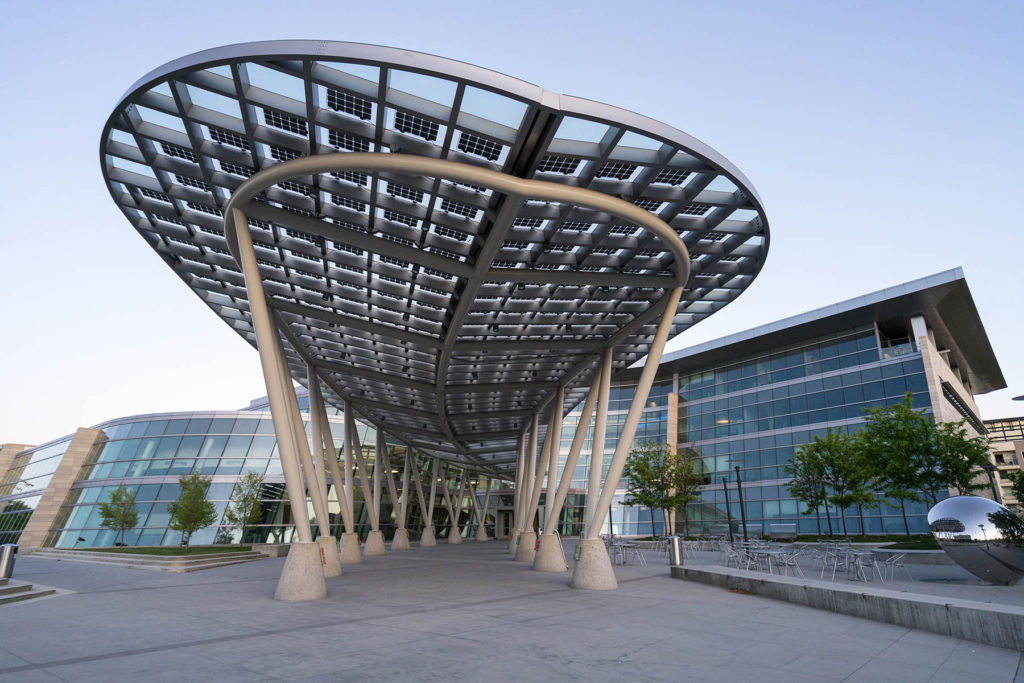Perhaps a better stated question would be: What experience do you want? What experience are you willing to pay more for? What are your expectations with respect to this experience?

A popular comedian has an entertaining sequence on our desire for adjectives, and our constant need to go one step further. Take “corn chips”, they are mild, medium, hot, extreme, fire, extreme fire, fiery red hot and on and on. If you don’t go for the ultra-extreme, you must be weak or non-adventurous. How hot is hot? How fast is fast? How expensive is expensive? How safe is safe?
The marketing industry uses adjectives to promote their brands, services and skills. Put a “mega stereo” in a lousy car and I am pretty sure I could find a buyer. How do you define your satisfaction limits? How does this vary from products to services?

Building structures are constantly being challenged to exceed code expectations with respect to energy consumption. Governing jurisdictions have embraced this cause and now insist that this building performance exceed code requirements by as much as 40 percent. This provides a “super-efficient” system, which is much better than efficient. And of course we would then be better motivated to pay extra for “super”, because we experience this advantage each and every day. Structural Engineers don’t have as pressing of an argument. After all, safe is safe, with no real desire for “ultra-safe”. Increasing the seismic performance of one building over another may not as readily enhance your experience as an occupant in the better building, until that one-time event.
Does the anticipated performance of a building during an earthquake influence your decision where you want to work? Would a marginal increase in rent sway your decision if it meant you could occupy your building immediately after a seismic event? What if you could be super-protected while significantly increasing your long-term economic position? What is this experience worth?

Numerous papers have indicated that the amount of energy required to clean up, repair, replace and re-occupy damaged buildings during an average seismic event far exceeds the total energy use for one year for the same region. That is the amount of energy and carbon footprint used to clean up Salt Lake City after a moderate event would exceed the total energy used by this city for one year. Not to mention the disruptive experience of it all.

As the center for first responders in an emergency, the building had to protect against both natural and man-made forces that could disrupt response time. Architect: GSBS Architects/MWL Architects; G/C: Okland Construction. (Dunn Associates, Inc.)
In truth, for a minimal additional effort, higher performance buildings can be designed and constructed to not only protect our economic future but provide a mentally safe refuge for the workplace. All this while significantly contributing to the future reduction of energy costs. What experience do you want?
This article is part of a series written for The Enterprise news publication by Dunn Associates, Inc. owner and founder Ronald H. Dunn, SE. We know him as Ron. ?